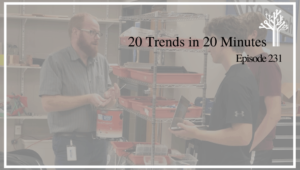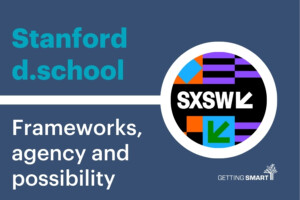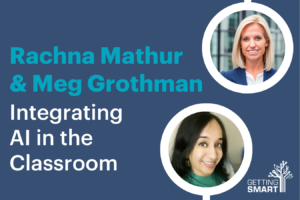Tech Improves Learning and Saves Money
New research from Tom Greave’s team at Project RED identifies nine key factors that improve learning and save money.
Angus King, former Governor of Maine, decided Maine was going lead the way into the 21st century with a laptop for every child. Starting in 2002, Maine middle schools began converting to 1:1 learning environments. In his foreword to the report, “Project RED is nothing less than a blueprint for remaking American education . . .through fundamentally altering how we do education, the first real change in the process of education itself in a thousand years.”
The soon to be released MDR report is based on research in almost 1,000 schools during the last school year. The research team considered 22 variables and 11 success measures.
Here’s a list of practices that appear to improve learning the most
1.Intervention classes: Technology is integrated into every intervention class.
2.Change management leadership by principal: Leaders provide time for teacher professional learning and collaboration at least monthly.
3.Online collaboration: Students use technology daily for online collaboration (games/simulations and social media.)
4.Core subjects: Technology is integrated into core curriculum weekly or more frequently.
5.Online formative assessments: Assessments are done at least weekly.
6.Student/computer ratio: Lower ratios improve outcomes.
7.Virtual field trips: With more frequent use, virtual trips are more powerful. The best schools do these at least monthly.
8.Search engines: Students use daily.
9.Principal training: Principals are trained in teacher buy-in, best practices, and technology-transformed learning.
It’s not surprising that credit recovery shows up as number one—it’s the one space where online courses and personalized progress models have been allowed to flourish.
Leadership is the difference between layering technology on top of how we’ve always done school and what the report calls second-order change—doing stuff differently with much better results.
The report also shows how productive social learning tools (like Edmodo, where I’m a director) and online collaboration can be.
Tom thinks this research lays the ground work for a new generation of schools where students learn at twice the traditional rate through self paced and personalized instruction with daily assessment and just-in-time assistance. I think he’s right.
For more information about 1:1 learning and high access environments, see Anywhere Anytime Learning Foundation and the One-to-One Institute.








0 Comments
Leave a Comment
Your email address will not be published. All fields are required.